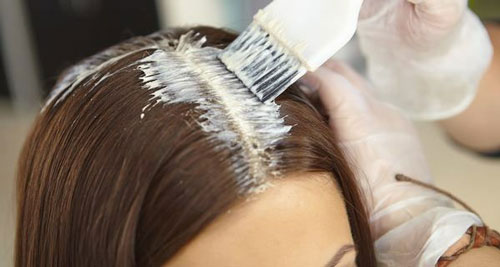PEOPLE who use permanent hair dye aren’t at a higher risk for most cancers, or dying from them, according to a new study.
The authors linked permanent hair color with a slight increase in the risk of ovarian cancers, as well as some breast and skin cancers. The researchTrusted Source was published by The BMJ.
Anywhere from 50 to 80 percent of women and 10 percent of men over age 40 use hair color in the United States and Europe, the authors stated.
Permanent dyes are the most aggressive and make up about 80 percent of all dyes used in the United States and Europe — and even more in Asia.
Hair dye is considered a probable carcinogen for beauticians and others who administer it regularly, the World Health Organization says. But they haven’t issued a warning about personal use due to inconclusive evidence.
Researchers examined data from 117,200 women over a 36-year span. At the start of the study, none of the women had cancer. Of those who reported using permanent hair dye, there was no increased risk for developing most cancers, or of cancer-related death.
Specifically, hair dye didn’t increase the risk for bladder, brain, colon, kidney, lung, blood, and immune system cancers.
Women who used it were also not at a higher risk for most skin cancers, including cutaneous squamous cell carcinoma and melanoma. Additionally, women using hair dye weren’t at a higher risk for estrogen receptor (ER) positive, progesterone receptor (PR) positive, or hormone receptor-positive breast cancer.
Permanent hair dye was linked to a slightly increased risk for basal cell carcinoma of the skin, and this risk was higher in women with naturally light hair.
It was also associated with a higher risk for ER-negative, PR-negative, and hormone receptor-negative breast cancers, as well as ovarian cancer.
Women with naturally dark hair also had a higher risk for Hodgkin’s lymphoma. This could be because darker colored hair dye has higher concentrations of harmful chemicals, the authors stated.
Dr. Yin Zhang, an author and research fellow in medicine at Brigham and Women’s Hospital, told Healthline the results were consistent with those from a widely publicized 2019 study linking dye and straighteners to certain forms of cancer. The 2019 study detected potential differences in ER status, in a sense that the risk associated with permanent hair dye appeared to be specifically elevated for ER-negative breast cancer compared to those with ER-positive breast cancer.









